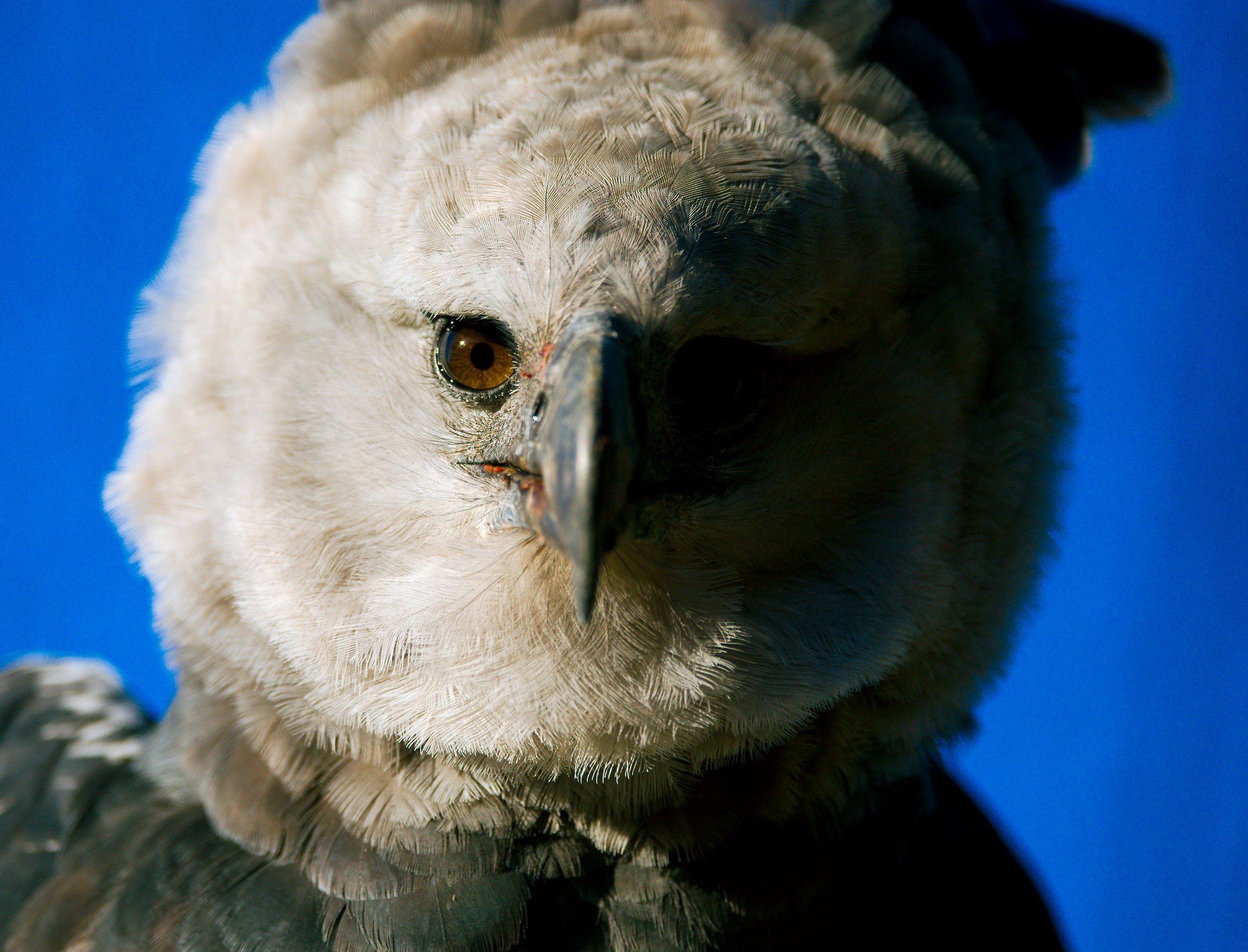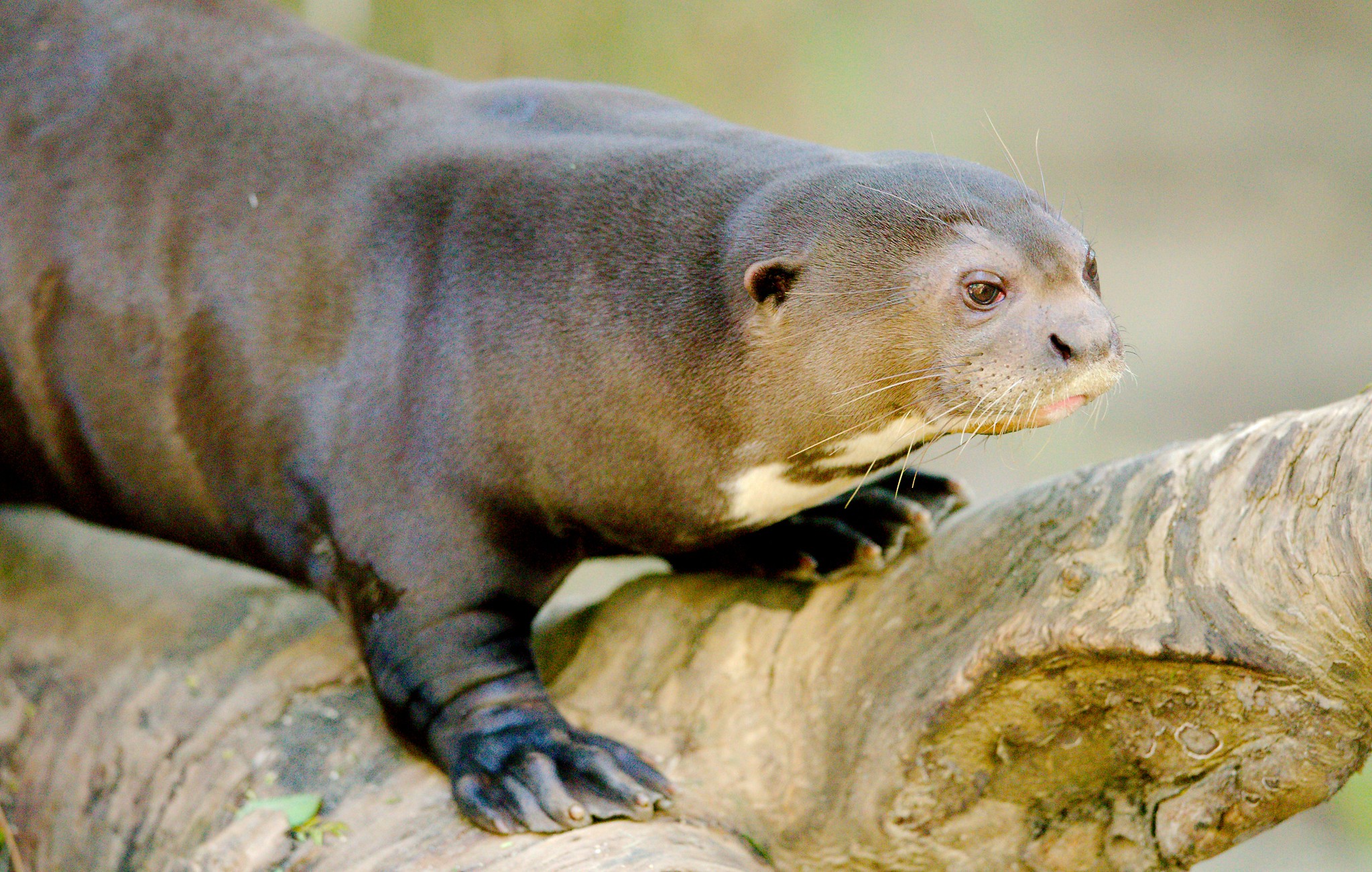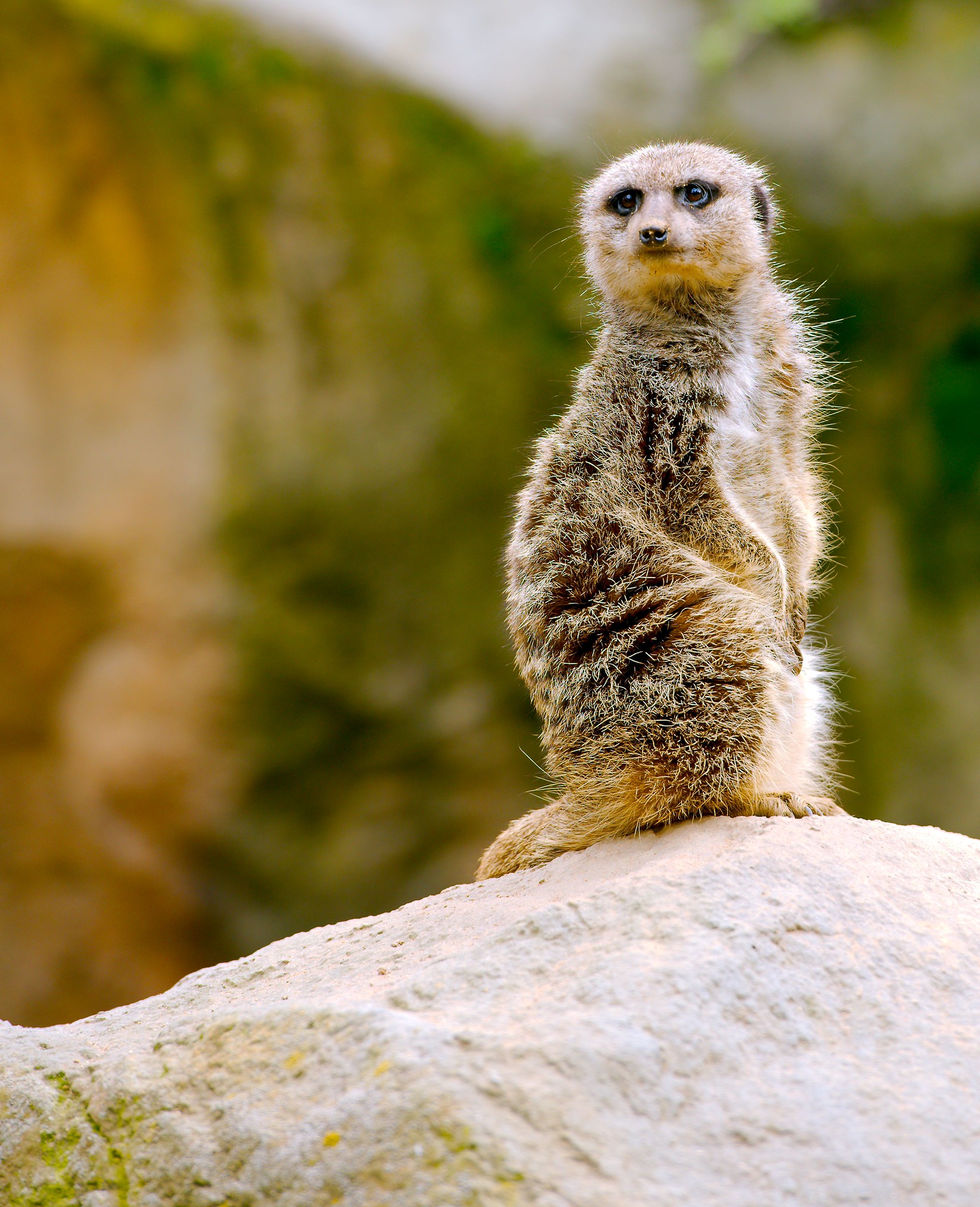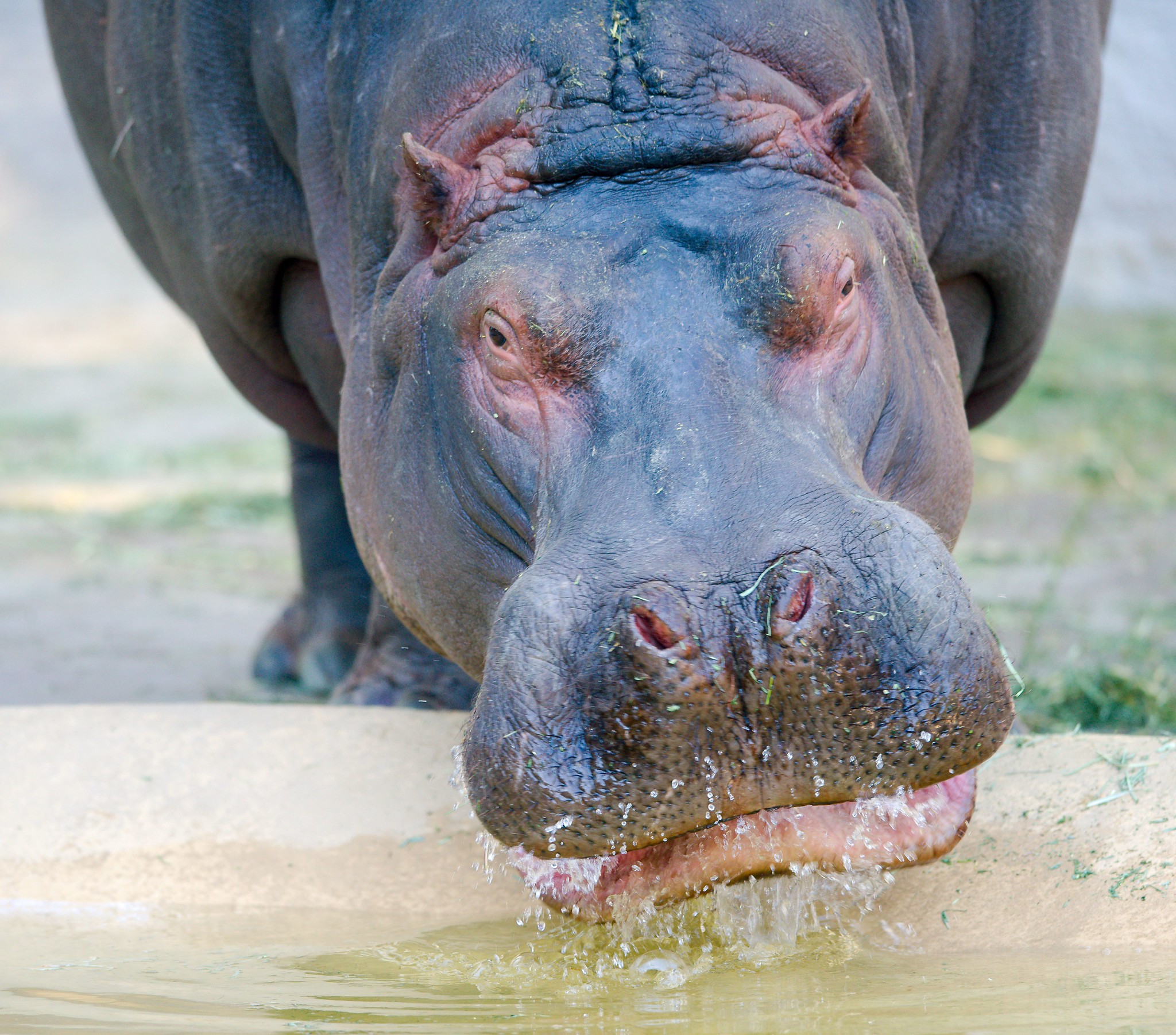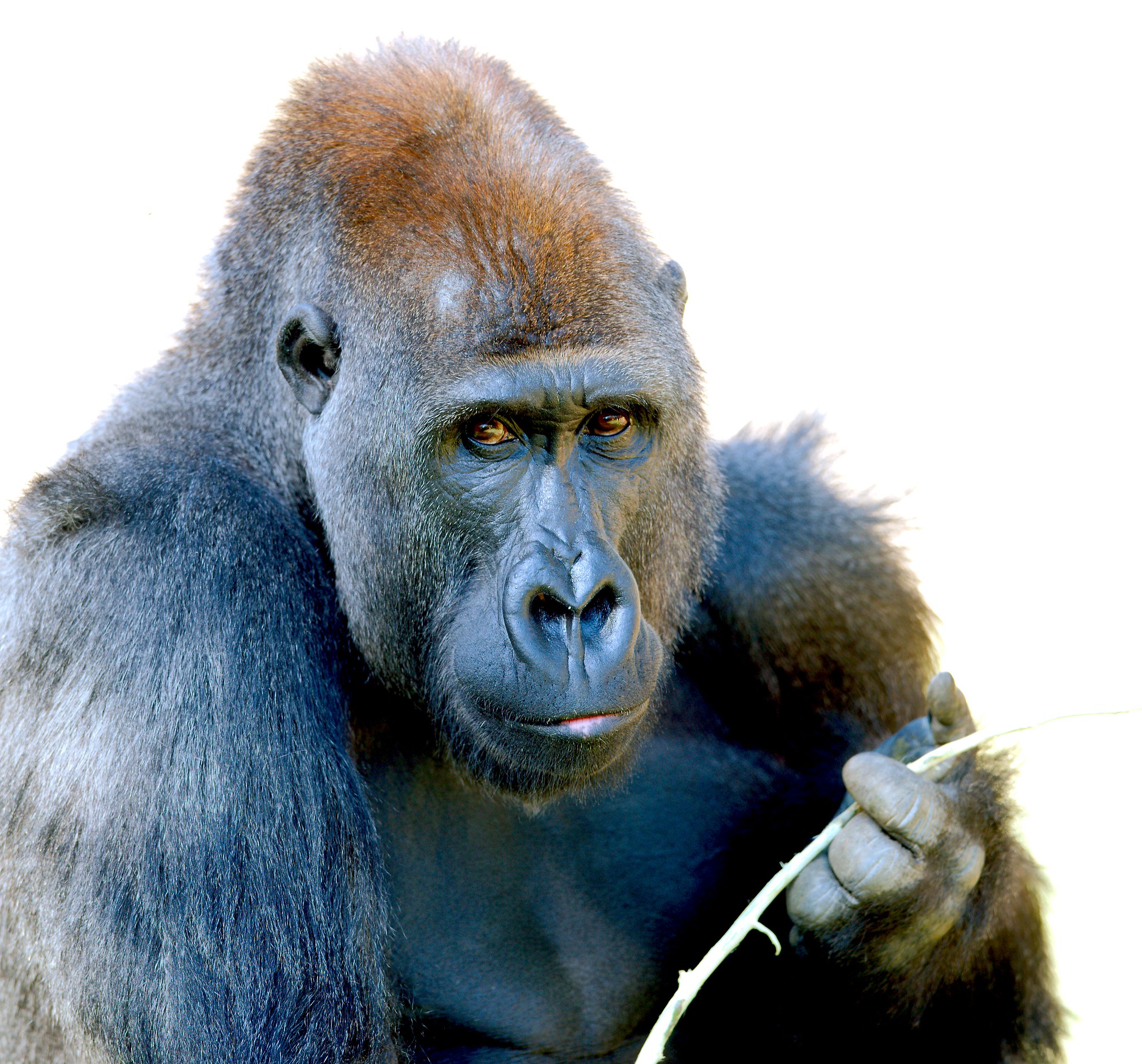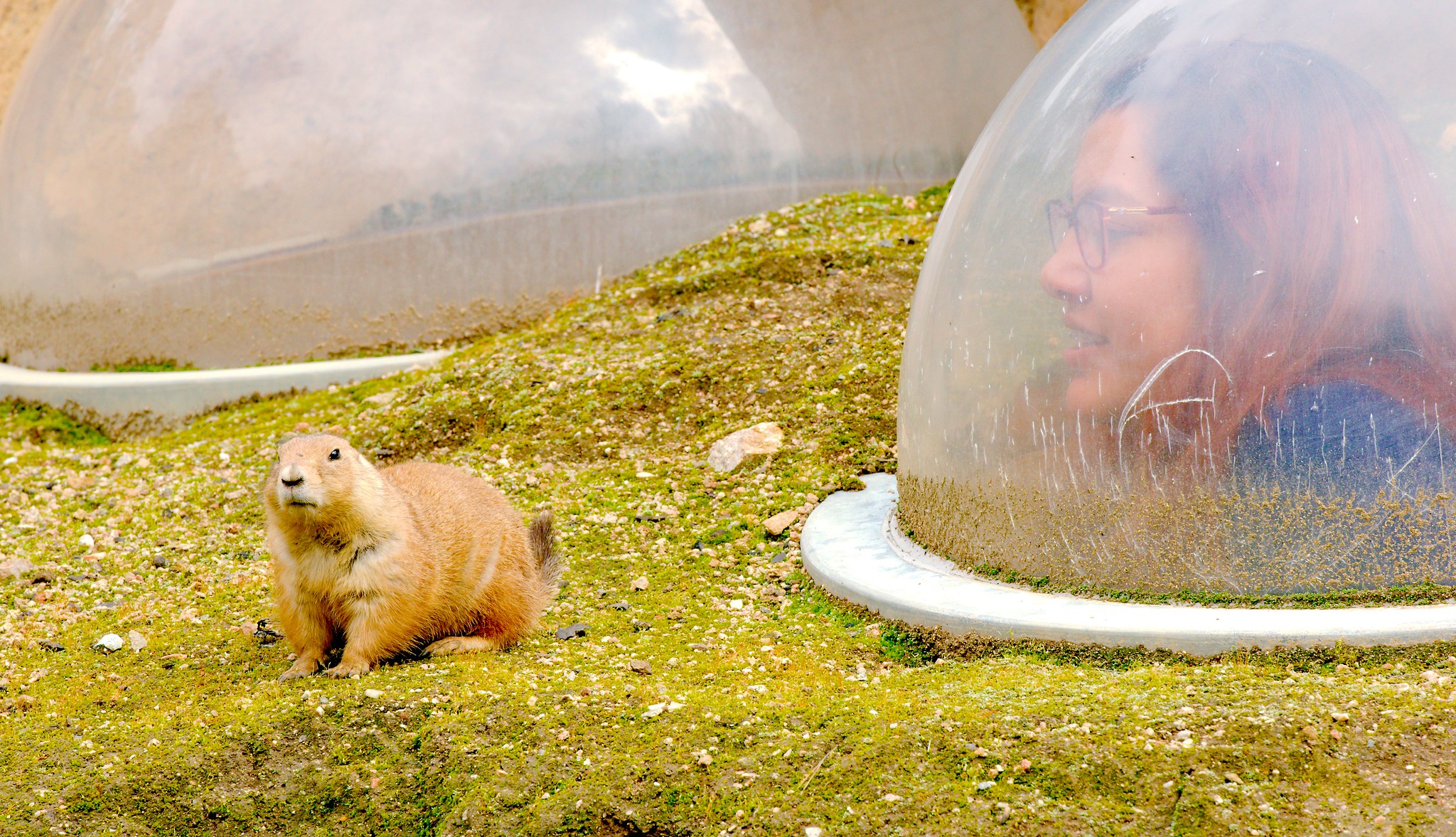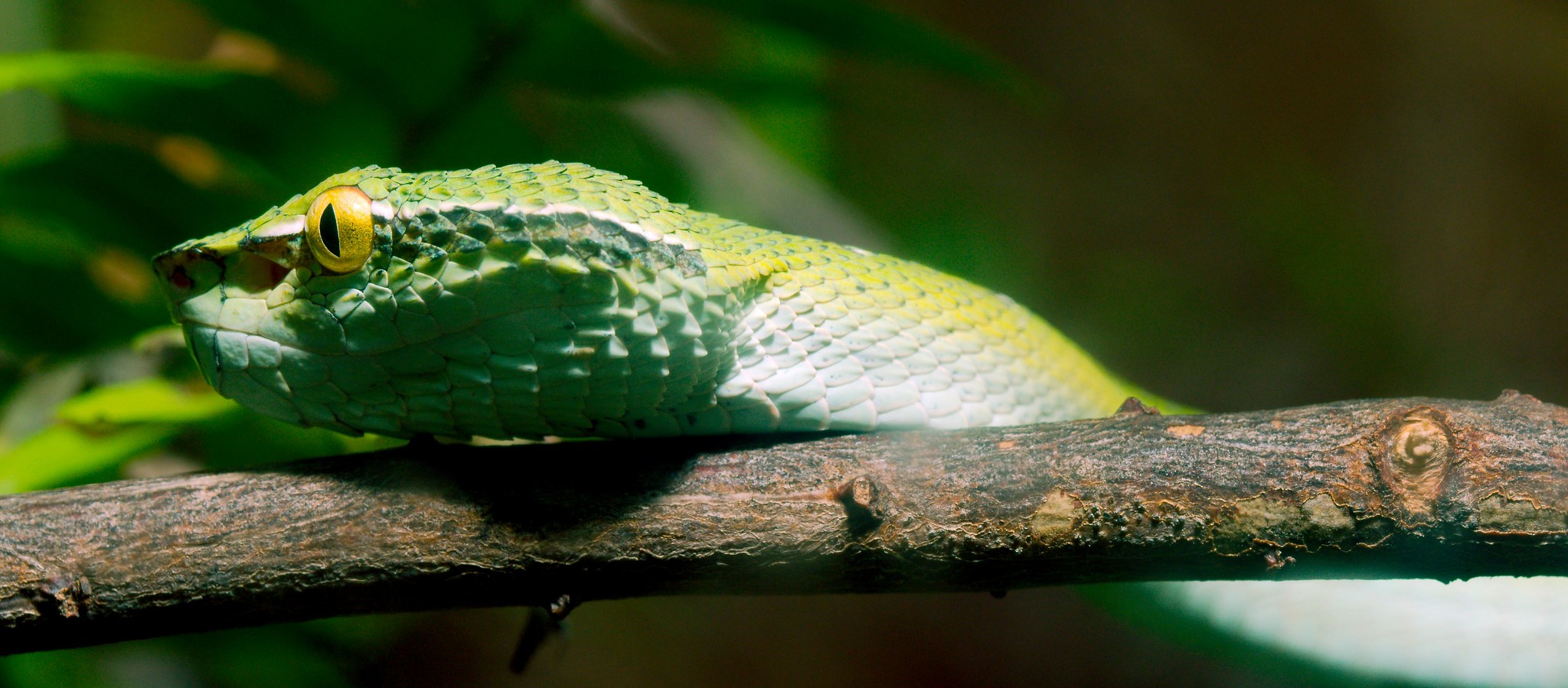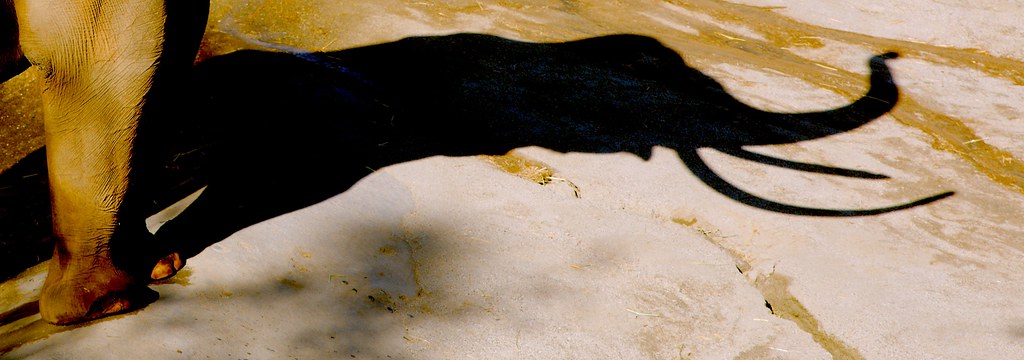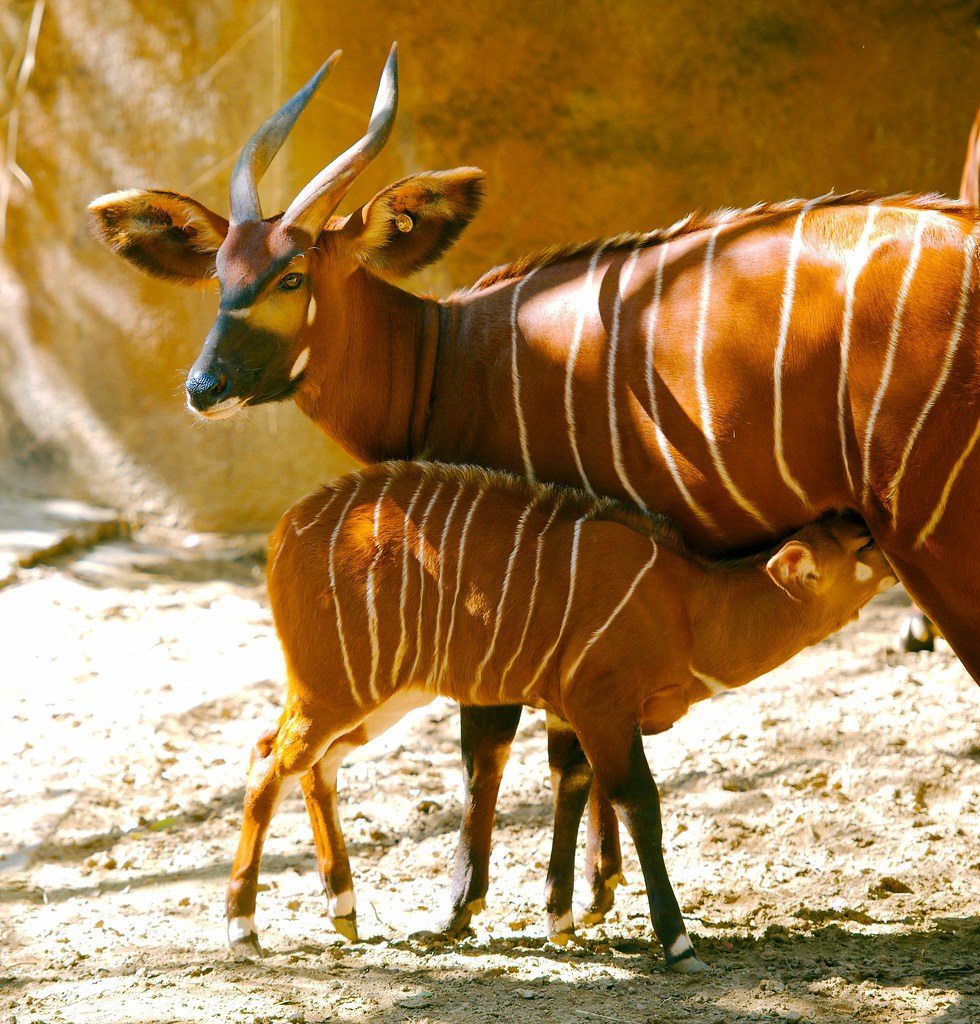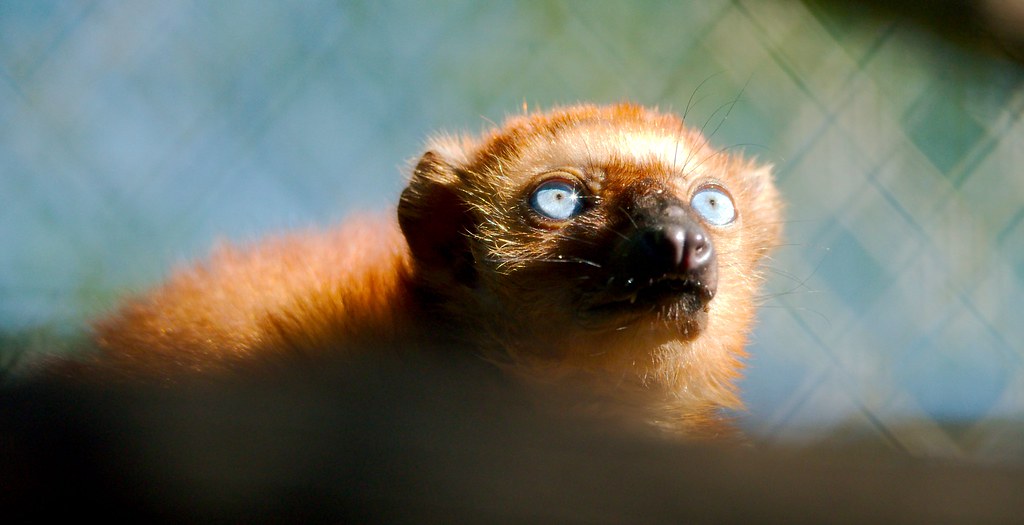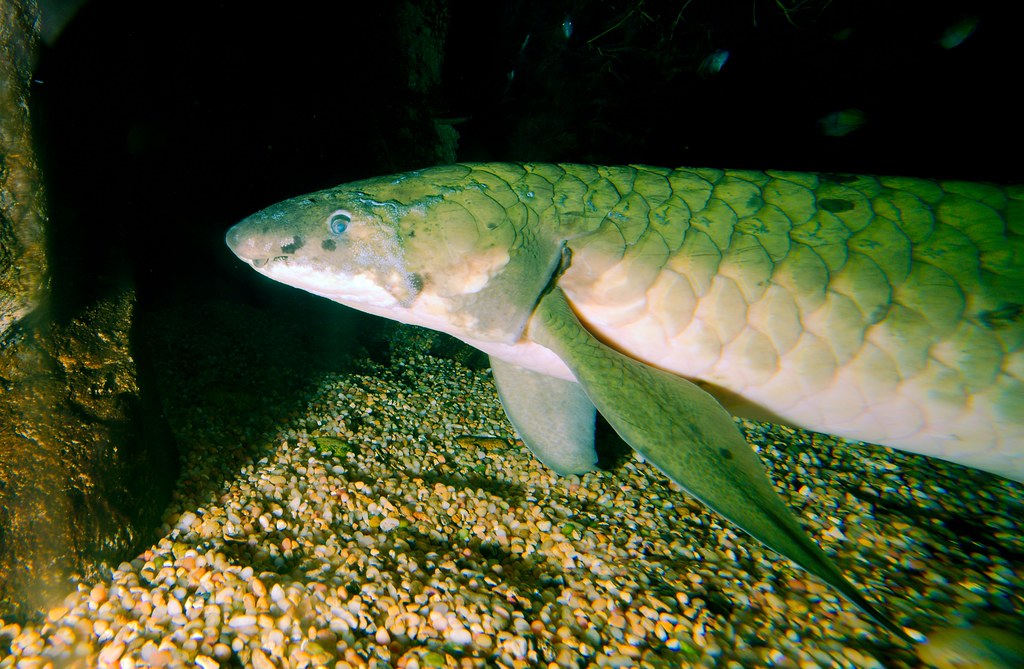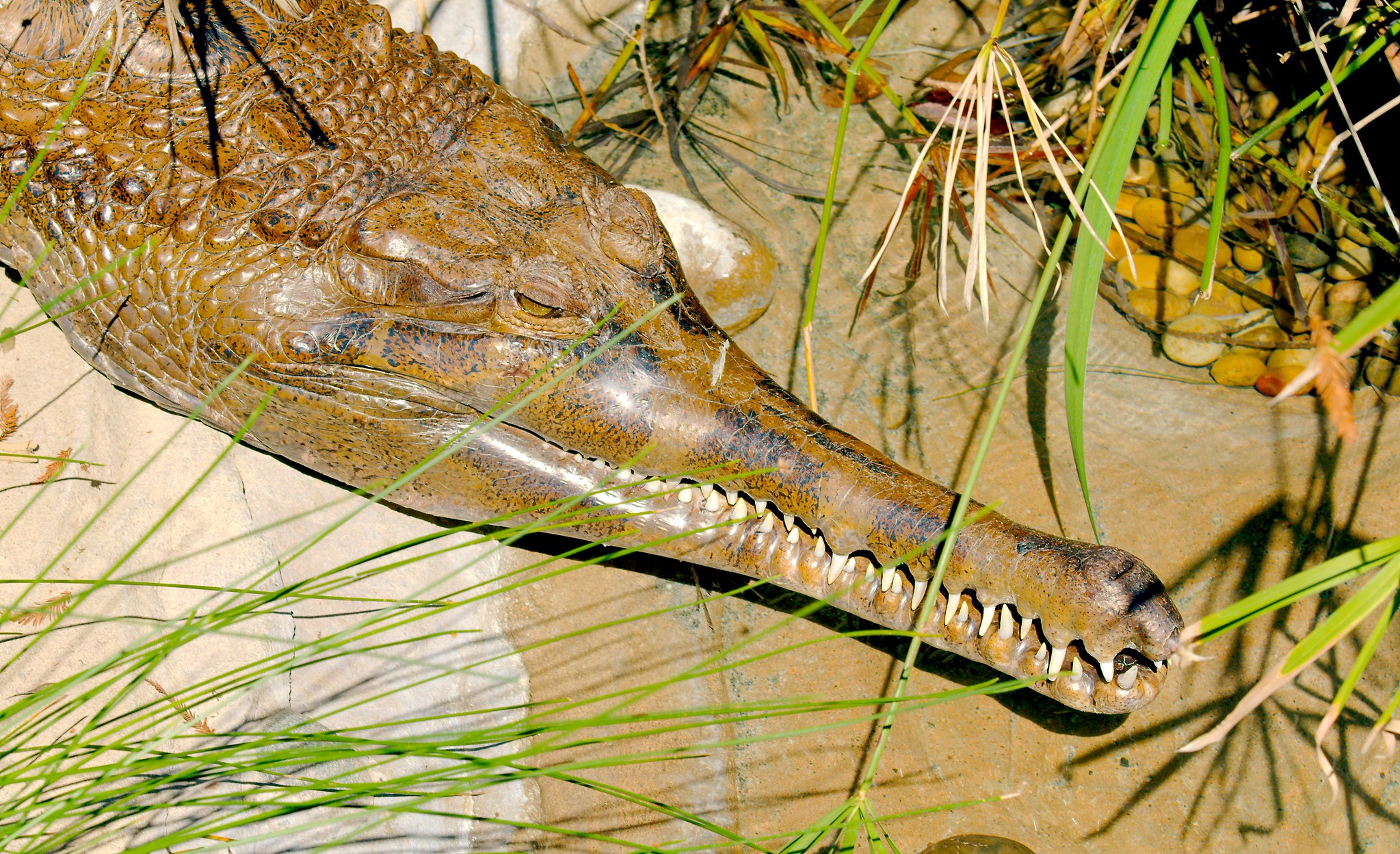According to a recent study by Aguiar-Silva, the type of prey most preferred by this fast-flying predator with razor-sharp beak and talons is … the sloth.
Tag Archives: LA Zoo – Los Angeles
Giant River Otter
The giant river otter is difficult to find in zoos and in the wild. They are about twice the size of the North American river otter. Previously, I had only seen these otters at the Birmingham zoo, where the exhibit was indoors and the light made photography difficult. At the LA zoo, they have truly impressive amount of outdoor space … even more impressive given the value of land in the area. I suspect these otters work consulting jobs when the zoo closes to be able to afford it.
Meerkat performing Hero and Leander
Hippo
Gorilla
Cape Rock Hyrax
Prairie Dog performing
Temple Viper
Elephant
Bongo
The bongo almost died out from disease in the 1890’s. More recently, growing human populations have created another threat.
As is common practice, some bongos were rescued and bred in zoos until enough time had gone by to repair the environment. Then, they were re-introduced to their native areas. Much to people’s surprise, though, they were not welcomed as having been missing. Instead, now they are being poached at a level that has not before been seen. The theory is that, when the bongos died out in the local area, the superstition against eating or touching bongo (believed to cause epilepsy) died out as well. So more bongos were eaten.
Interestingly, today, a new belief is arising to protect them. As more westerns visit the area, locals are learning that the bongos are worth more in ecotourism and trophy hunting fees than they are as food.
Global economics seems to be replacing traditional faith systems everywhere.
Blue Eyed Black Lemur
The blue eyed black lemur is brown (well, the females are).
It is also one of the most endangered primates on the planet, expected to go extinct in the wild by 2026.
The way they do these calculations is interesting. As is often the case, not enough is known about the species to truly calculate a “death date”. Instead, assumptions are made:
– Assumption that a generation is 8 years long
– Knowing the rate of habitat degregation, then comparing it to the generation length … in this case, more than 80% habitat loss in three generations
– Amount of population fragmentation and density in remaining pockets, ranging between 24-97 individuals per square kilometer
– Group size of 4-11 individuals
– Infant mortality of around 23%
– What the animal eats – in this case, we’re fortunate, as they are highly omnivorous
So the calculation basically says: How many do we have? How quickly do they make more of themselves? How quickly do they die? Given what we know about what they eat and where they live, as things change, how much sooner will they die and how much more slowly will they reproduce? That’s your projected death date.
The good news is that you can change this number by:
– Improving their habitat through education of native peoples, funding, and experimentation
– Helping them to reproduce more quickly through habitat creation, genetic analysis, and artificial insemination
– Helping them to live longer and therefore reproduce more often, through veterinary and nutritional assistance
There is only one type of organization that focuses on all three of these activities.
Zoos.
Australian Lungfish
Tomistoma
Tomistoma pondering why, with the most capitalistic president ever elected, the following solutions have not been proposed:
– Sell a set of linked billboards, scaling the rates based on proximity to large cities, allowing both American and Mexican businesses to pay for the border wall.
– Sell the rights for all statues of Robert E. Lee to KFC so they can rebrand him as Colonel Sanders nation-wide in a stunning marketing coup.
– Outsource the U.S.’s nuclear program to China and India, eliminating the need to remember all those pesky codes.
– Get rid of all those troublesome liberal states by selling them cheap to Canada.
Tomistoma is starting to think that some people are the brilliant businessmen they claim to be.
